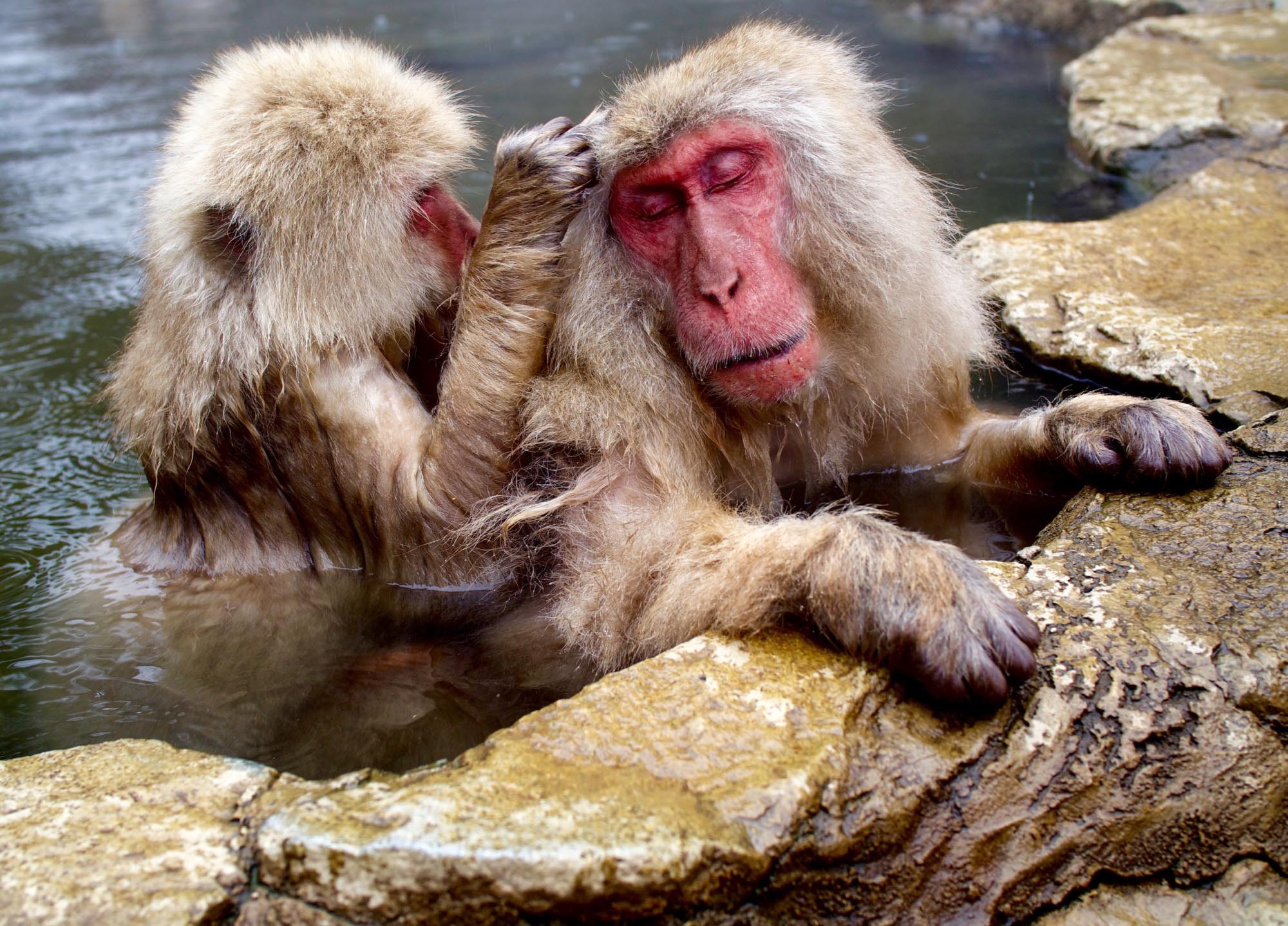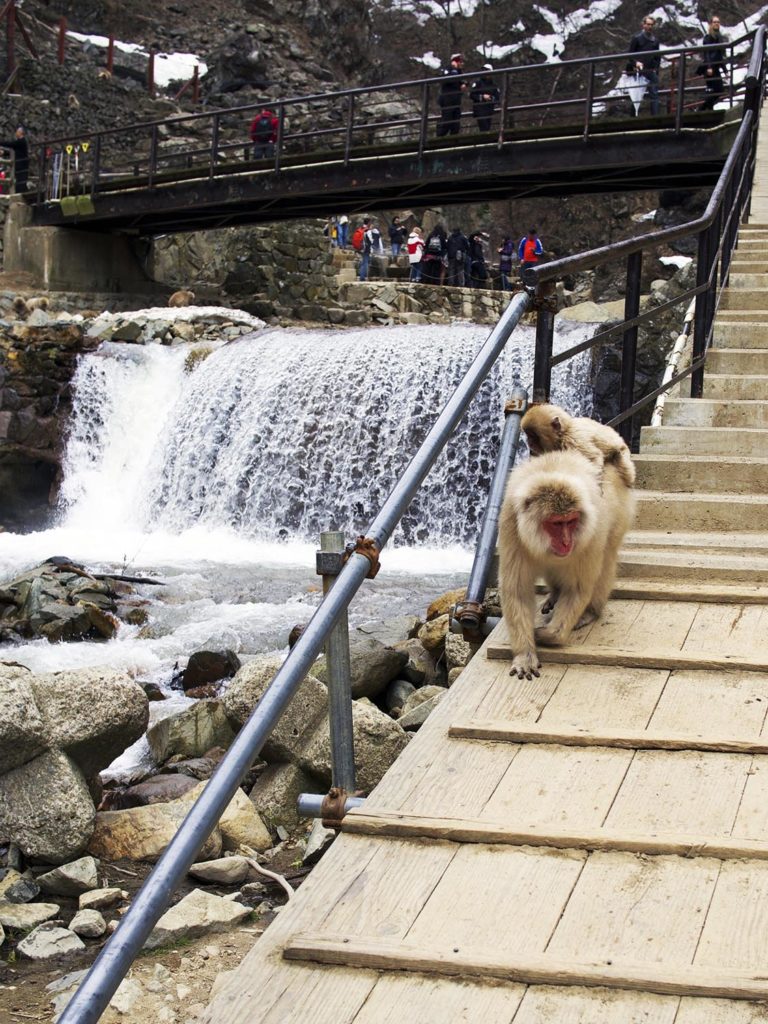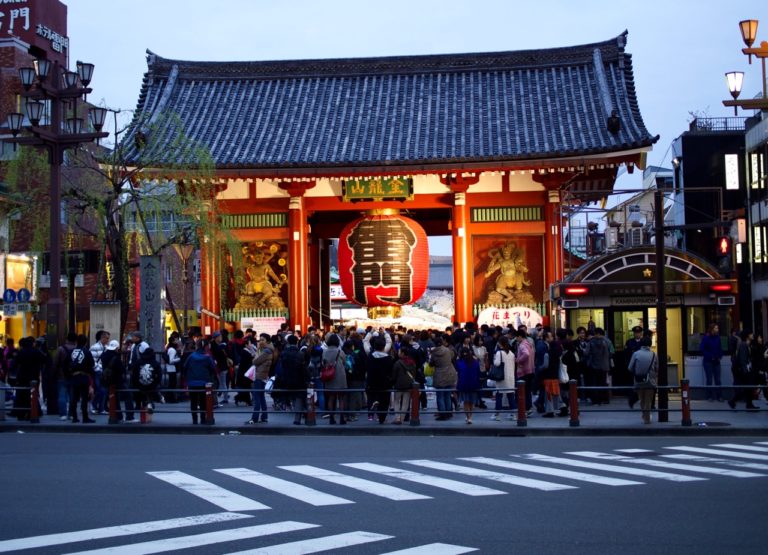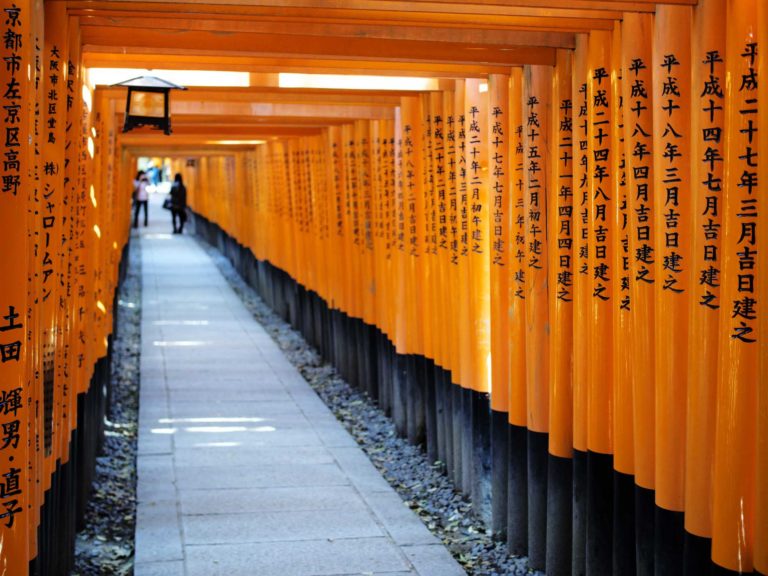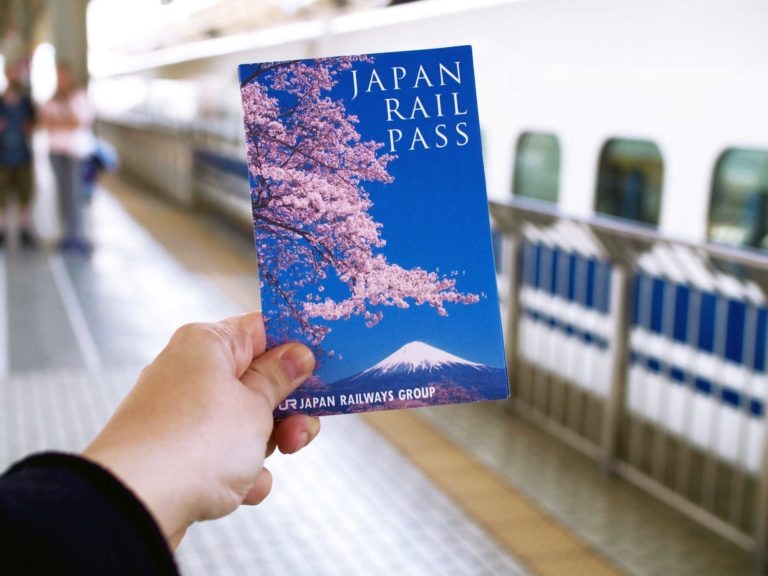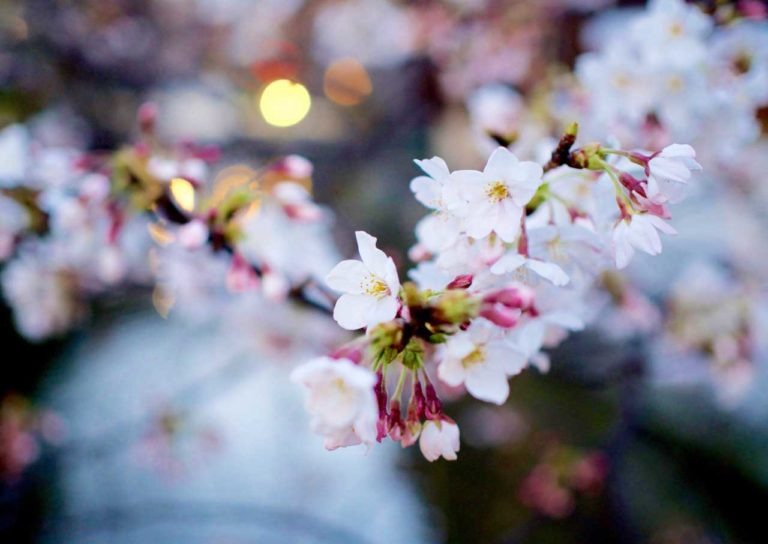Hiking to Jigokudani and meeting monkeys in Japan
It was misty and bitingly humid that morning in the Japanese Alps, much like what I had anticipated. As I parked the car at the start of the 1.5-kilometre long walking path that would lead me to the monkey-friendly onsen, I welcomed the leisurely trek with open arms, hoping it would settle the discomfort caused by an all-too-short night’s sleep on an unfamiliarly stiff tatami mat that left my body aching.
It seems as though traditional Japanese notions of comfort and chiropractic were a little too primitive for this occidental traveller, who woke up feeling like she’d aged about 94 years overnight.
Now on the final stretch of my time in the otherwise underwhelming Nagano prefecture, I thought to myself that I had surely kept the best part for dessert. I wasn’t wrong.
Where to find snow monkeys in Japan
The rather contentiously-named Hell’s Valley (Jigokudani Yaen-Koen or 地獄谷, a common name for Japanese passes with volcanic activity) turned out to be quite lovely, in fact.
Scattered with steaming hot springs, sulfurous streams, and untouched woodlands, the short hike indeed revitalised my body while my mind grew increasingly restless, wondering “if we were there yet” at every turn, eager to finally meet the legendary snow monkeys in Japan.
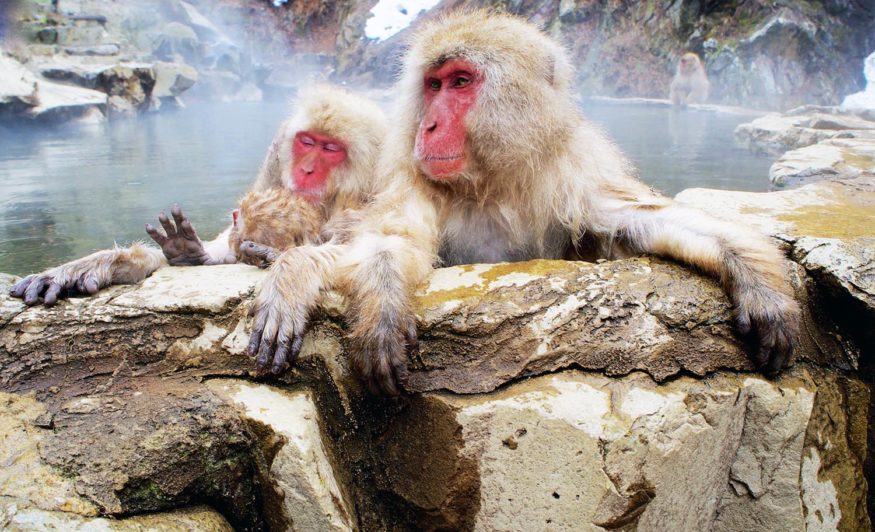
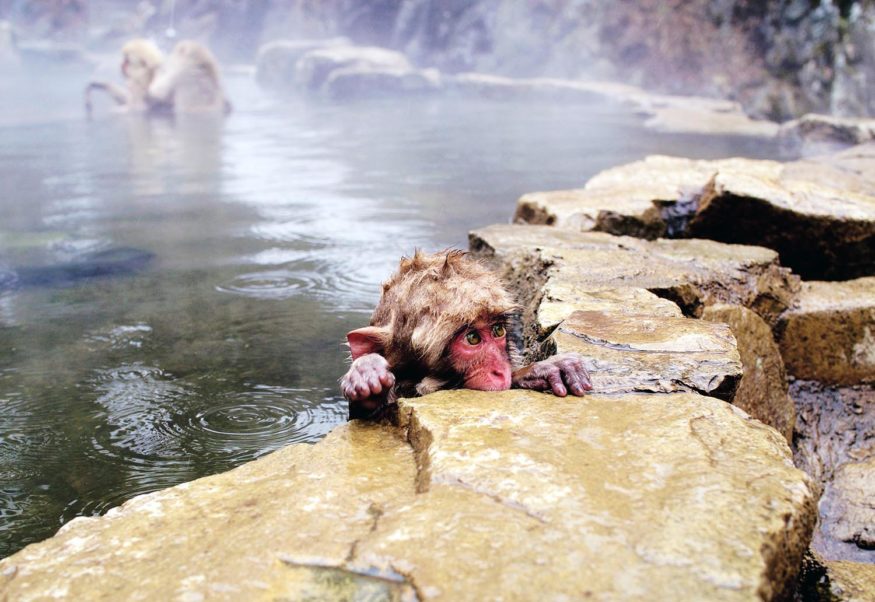
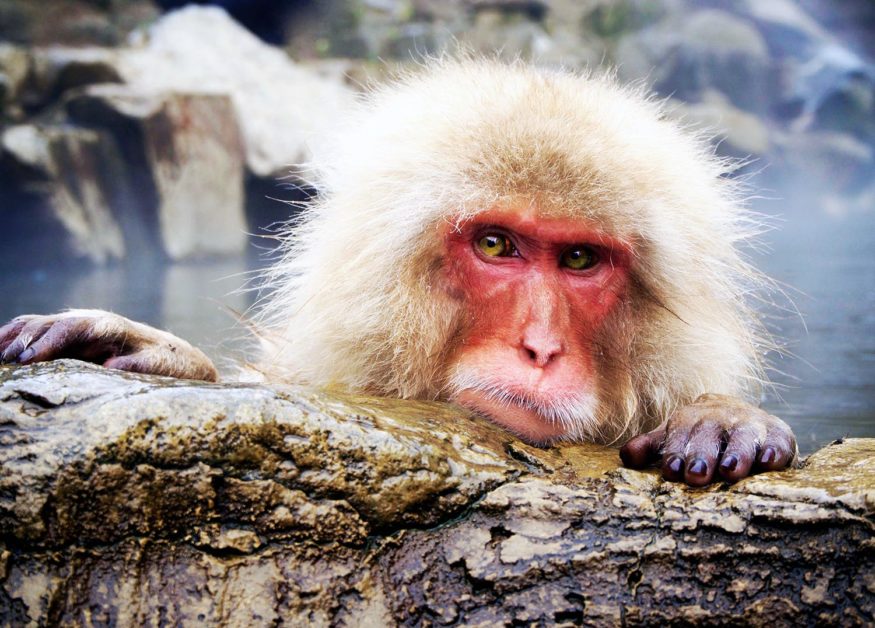
And, at last, I did.
Japanese macaques live in matrilineal societies and evolve in large social barrels (yes, that is the world used to describe a group of monkeys — you’re welcome) following strict and complex hierarchical principles, in which specific groups hold great authority over other, lower-ranking groups.
Male macaques are nomadic in nature, leaving their natal family before they are sexually mature and moving on to several barrels throughout their lives. Perhaps as an attempt to climb the dominance hierarchy and eventually hold the coveted alpha position, which only ever changes when the current alpha leaves the group or dies.
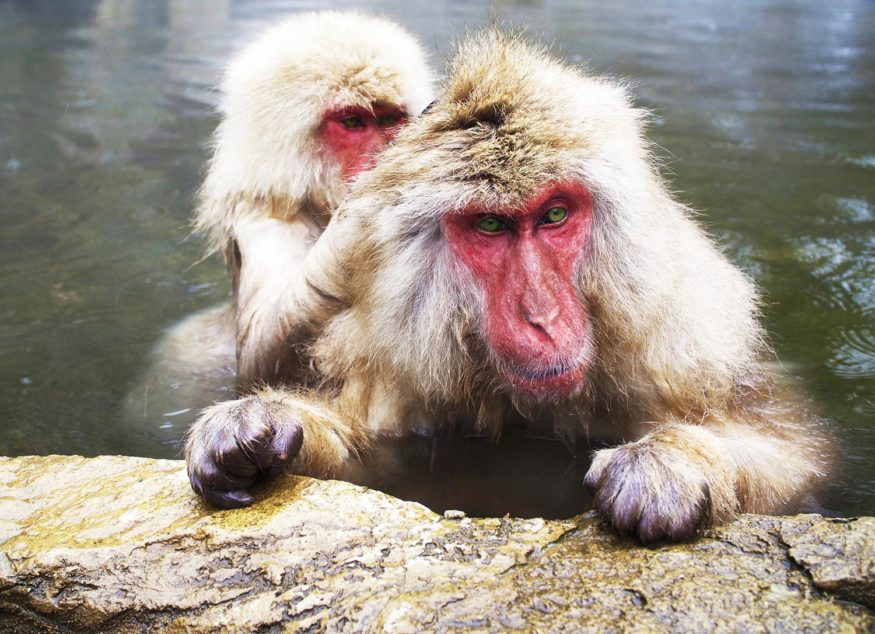
On the other hand, female macaques will stay in the same group for their entire lives, both creating and maintaining social relationships through grooming. It’s not uncommon for them to start grooming macaques they are not related to simply to ensure cohesion between the different kinships in the barrel.
Dominant females form an extremely strong bond over the years, sometimes even going as far as raising newborns that are not their own or forming alliances to secure the position of a common dominant male. And while higher-ranking, dominant males can impede consortships of subordinate macaques, ultimately, female macaques decide whether or not mating takes place at all.
Not to say that females run the show, here, but they kind of do.



I couldn’t believe how remarkably human Japanese monkeys (Nihonzaru orニホンザル) looked and acted.
Throughout my visit at Jigokudani, I was completely enthralled by their complex interactions (recent studies have even shown that macaques develop accents) and the oddly familiar shape of their hands — although I’m sure good ol’ Darwin would most definitely not think of it as ‘odd’.
I stayed at the onsen for over an hour; my inclination to indulge my fascination for the animal reign could have very well persuaded me to stay longer if it wasn’t for the train I had to catch back to Tokyo.
Rarely have I been so mesmerised by a tourist attraction; perhaps it was because of their mindbogglingly relatable features, which made it physically difficult for me to move and focus on anything besides their expressive eyes, their willowy fingers, their communicative coos.
These monkeys will forever hold a special place in my heart ♥
Day trips to Jigokudani
- Full-Day Tour of Snow Monkeys, Zenko-ji Temple and Sake in Nagano
- Nagano Private Two Day Tour with Guide, Private Vehicle and Overnight at Ryokan
- 2-Day Nagano To Takayama Tour: Snow Monkeys & Highlights Of Central Japan
Travel tips for seeing monkeys in Japan
Is it ethical?
This is not a zoo. I am firmly against animal exploitation in any form, and this park didn’t feel like a tourist trap whatsoever. As you can see, monkeys are free to wander around as they please and they seem far more curious about than frightened by human presence. There is only one warden on site, and he only intervenes (by shouting keywords) when monkeys jump on visitors or try to steal something from their pockets.
Animal rights are something I hold very dear to my heart, and I didn’t feel like I was encouraging any kind of detrimental industry by visiting Jigokudani.
They might look almost human, but they are wild animals and might perceive your curious gesture as a sign of aggression. Also, don’t EVER feed them.
Do I need a car to get there?
No, you don’t. If you’d rather travel by rail (which I highly recommend you do, as car rentals in Japan are very expensive), get off at either Yudanaka, Nagano or Shibu and take the bus to Kanbayashi Onsen. From there, it’s a 35-minute walk through the bucolic alpine forest.
How much does it cost?
Entry at Jigokudani costs 500 yen (roughly $5).
Where to stay?
I stayed at ryokan Yudanaka Seifuso. If you don’t have a car, the owners will take you to the monkey park’s parking lot.
What do I need to bring?
The park is located two kilometres from the parking lot, so you’ll need to walk a bit to get there. It’s actually a good thing as the scenery is stunning. Make sure you wear closed-off and waterproof shoes, as the trail can get quite muddy.
Is there an alternative?
If you can’t make it all the way to the Nagano prefecture but still want to see monkeys in Japan, there is a similar albeit much less picturesque monkey park in Arashiyama, just outside of Kyoto.

